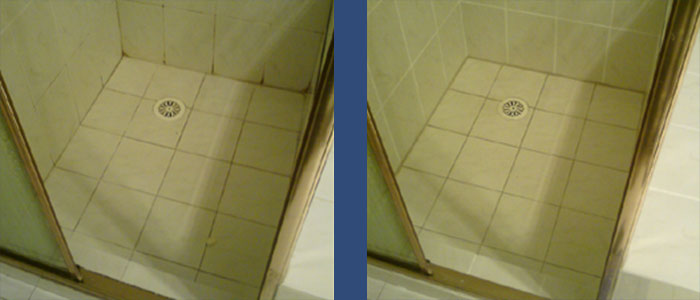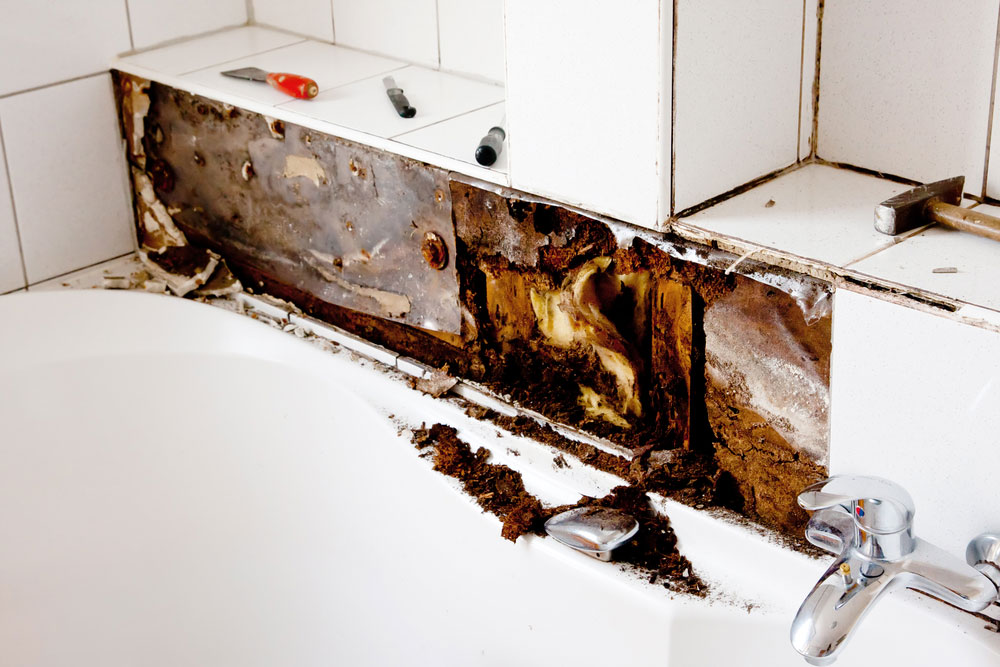Are you trying to locate selective information on How to Repair and Prevent Bathroom Water Damage?

The restroom is incredibly prone for damp build-up and also possible water damages because of the regular use water in it. This post uses straightforward examination methods to aid identifying water damages threats.
The constant use water in the washroom makes it exceptionally at risk for wet buildup and also prospective water damages. By inspecting it routinely, you can reduce water related damages.
The adhering to set of evaluations is easy to carry out and should be done once in every three months in order to maintain your washroom healthy as well as to avoid potential water damages caused by the bath tub, the shower, pipeline joints as well as plumbing, sinks, cabinets, and the commode
Do not disregard doing these evaluations and be detailed while doing them. Bear in mind that these easy examinations can conserve you a lot of money by giving very early indicators for water damage
Bath tub and Shower
The shower and bath tub need special focus as well as maintenance. Examine the ceramic tiles as well as change if split. Ensure that there is no missing cement between the tiles. Check as well as change split caulking at joints where the wall surfaces satisfy the flooring or the bathtub. Clogged drains pipes and pipelines troubles will certainly stop the bathtub from drying and also may show significant troubles below the bath tub. Speak with a professional right away to stop architectural damages. Pay attention to discolorations or soft areas around the bath tub walls as they may suggest an internal leakage.
Plumbing
Signs for water damage are difficult to spot given that many pipelines are set up inside the wall surfaces.
Pay special attention to floor covering and walls dampness and discolorations as they may indicate an undetectable plumbing problem. Examine dampness levels in adjacent rooms too.
Sinks and Cabinets
Sinks as well as closets are exposed to dampness and humidity day-to-day and are commonly overlooked. Examine regularly under the sink and also on the countertop over it. Fix any drip in the trap as it might recommend drain issues. Check out the sink, slow draining pipes might show a blocked drain. Change sink seals if they are fractured or loose.
The Bathroom
The bathroom is an at risk water junction. Examine the water lines and search for leaks around the commode seat, in the tube, and under the water storage tank. If you find any kind of indicators of dampness on the flooring around the toilet, check for leaks in the toilet edge and also container seals.
Be aware that hanging toilet bowl deodorants boosts the possibilities for blockages.
How to Prevent Bathroom Water Damage Caused By Your Plumbing
Prevent Water Damage Caused by Your Plumbing
There are many things you can do to prevent water damage in your bathroom. Let's take a look at a few actions you can take:
Shower and Tubs
Inspect tiles to see if any are missing or cracked. Check grout areas to see that the grout is not missing. Water can seep behind tiles and damage the wall if tile and grout is not in good shape. Don't let water sit in the tub. Standing water can find ways to get around a faulty drain. Check out caulking around tubs and showers and replace or repair any areas that may allow water to seep through. Dry the floor immediately after bathing or showering. Don't let water sit on the floor. Use the exhaust fan to pull moist air out of the area. Keep the room as dry as possible. Sinks and Cabinets
These are exposed to moisture every day. Inspect them often to see that there are no leaks or moisture issues that might cause problems. If the trap has a leak or any moisture around it this could indicate a problem with your plumbing in Chico. Somewhere in the system there has to be excess moisture. Get this looked at. Any drips from faucets need to be repaired. Small leaks lead to larger leaks and bigger problems. Check seals and grout around sinks also. If they are cracked, broken or simply missing replace or repair them. Toilets
The seal on the bottom of the toilet needs to be inspected regularly. If you see water near the base of the toilet have the seal replaced. Make sure the tank does not leak. If you hear the tank filling for no reason you know there is a leak. This constant water drip can cause damage to the toilet and any others near it that stay wet. Check water lines leading to the toilet. These can often leak and cause damage if left unchecked.

As an avid person who reads about Common Causes of Water Damage in a Bathroom, I figured sharing that blog post was sensible. Sharing is nice. Helping others is fun. We value reading our article about How to Fix a Water Damage Bathroom.
Click Here To Read More